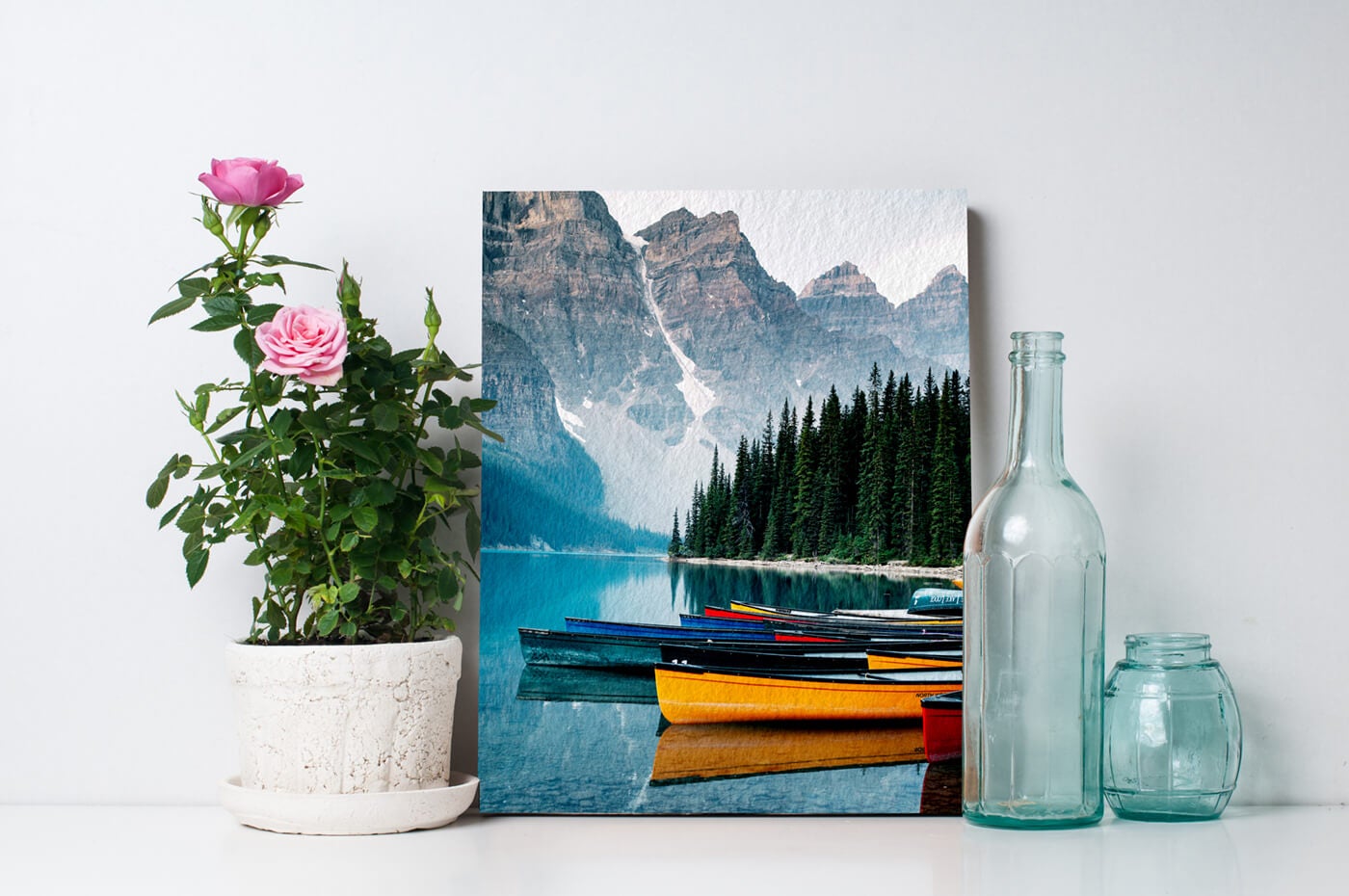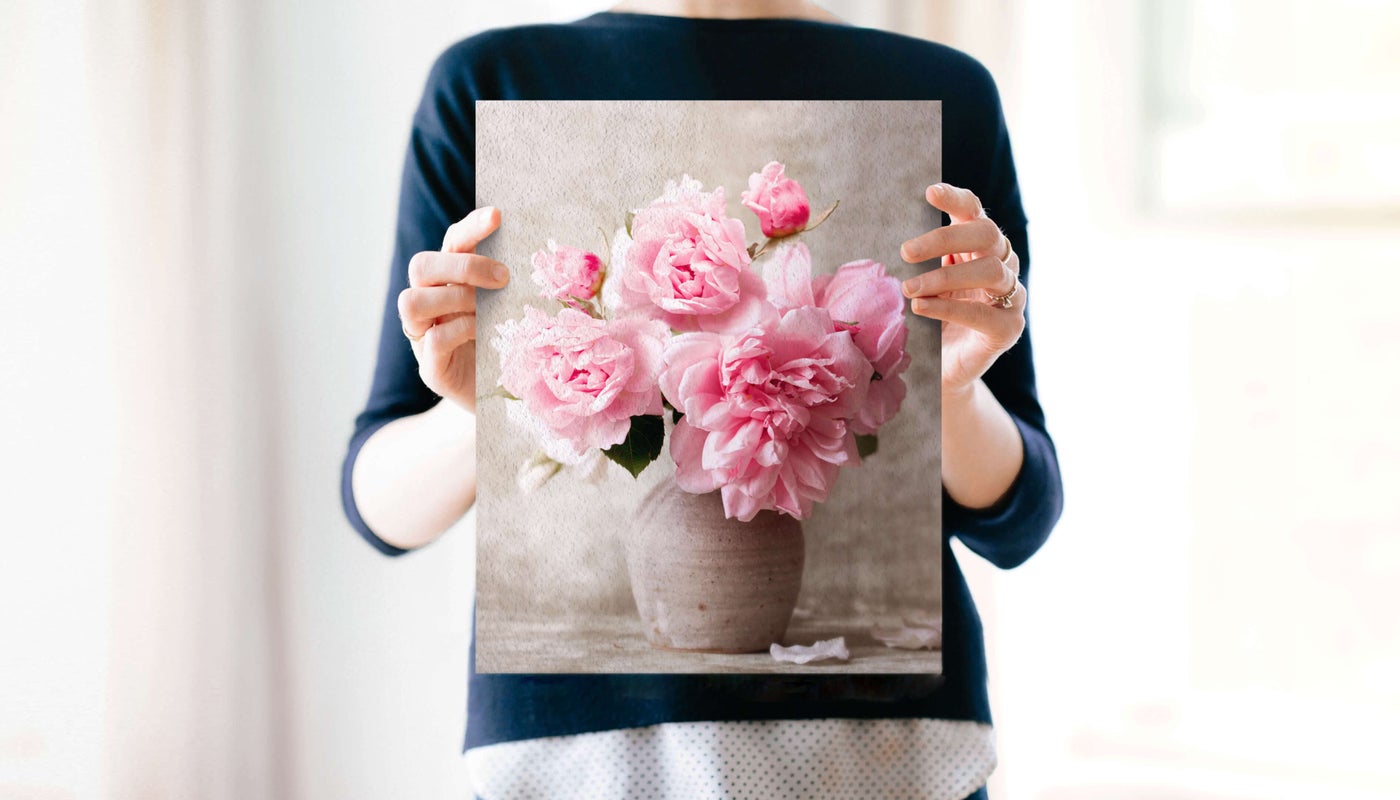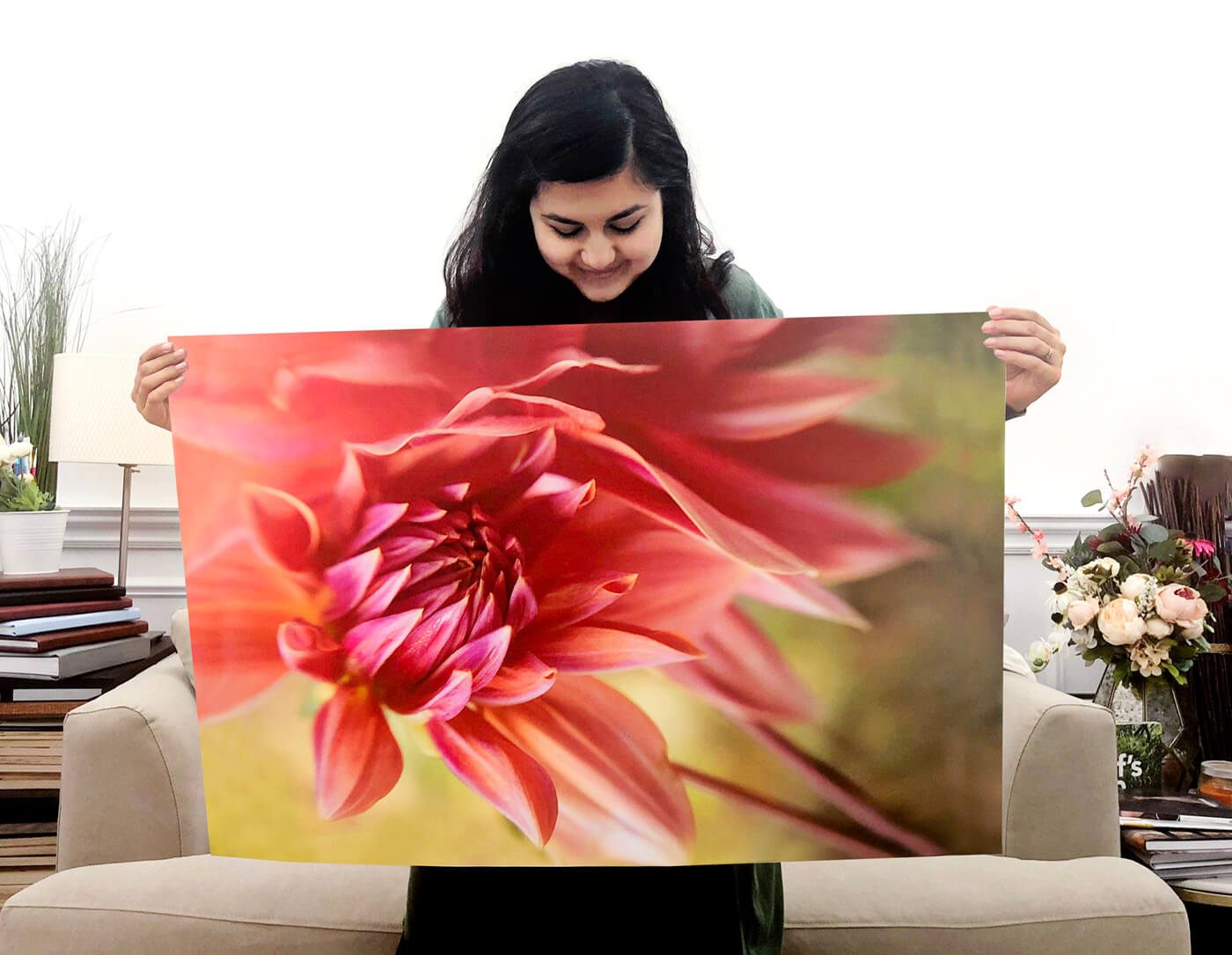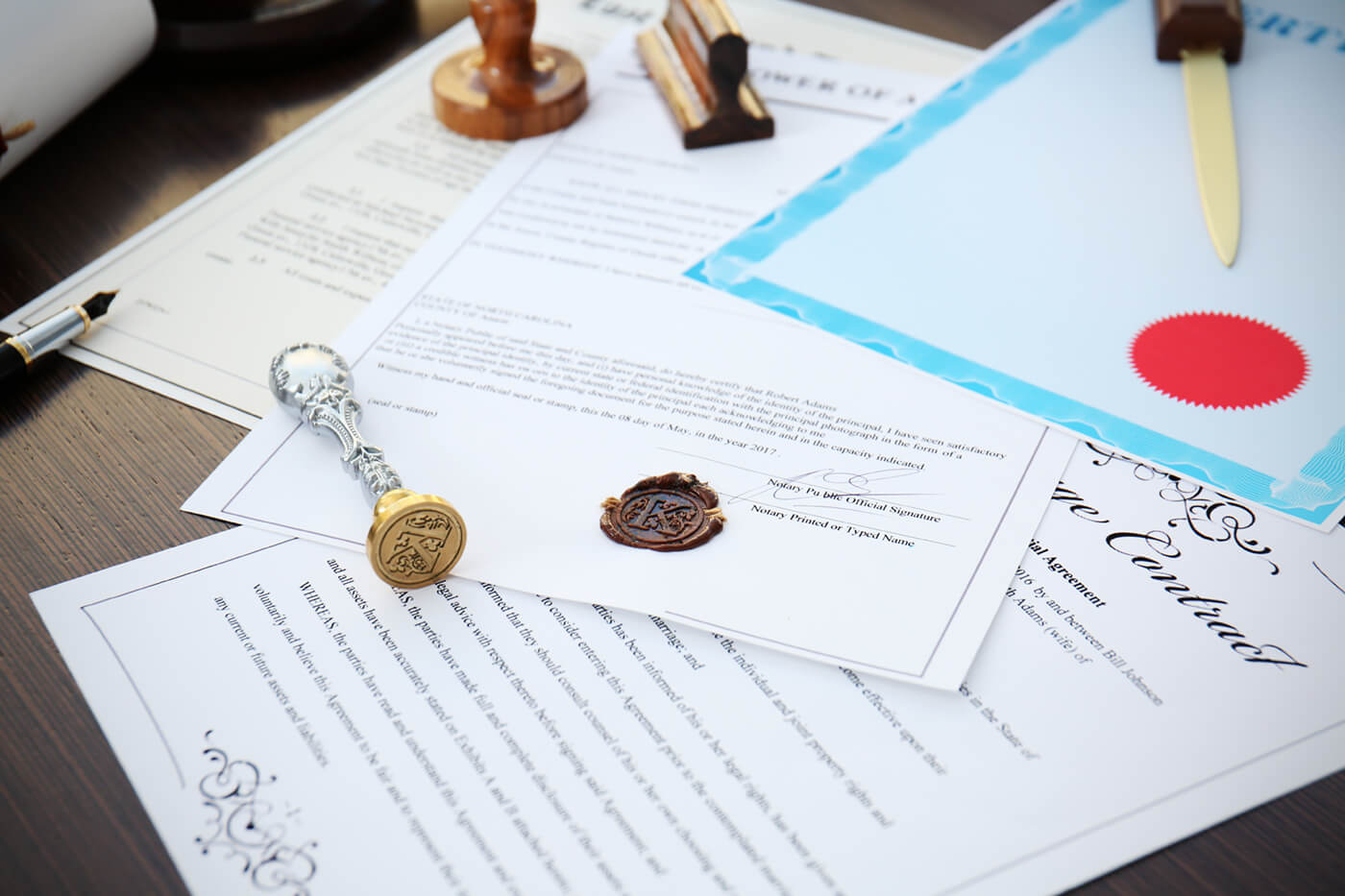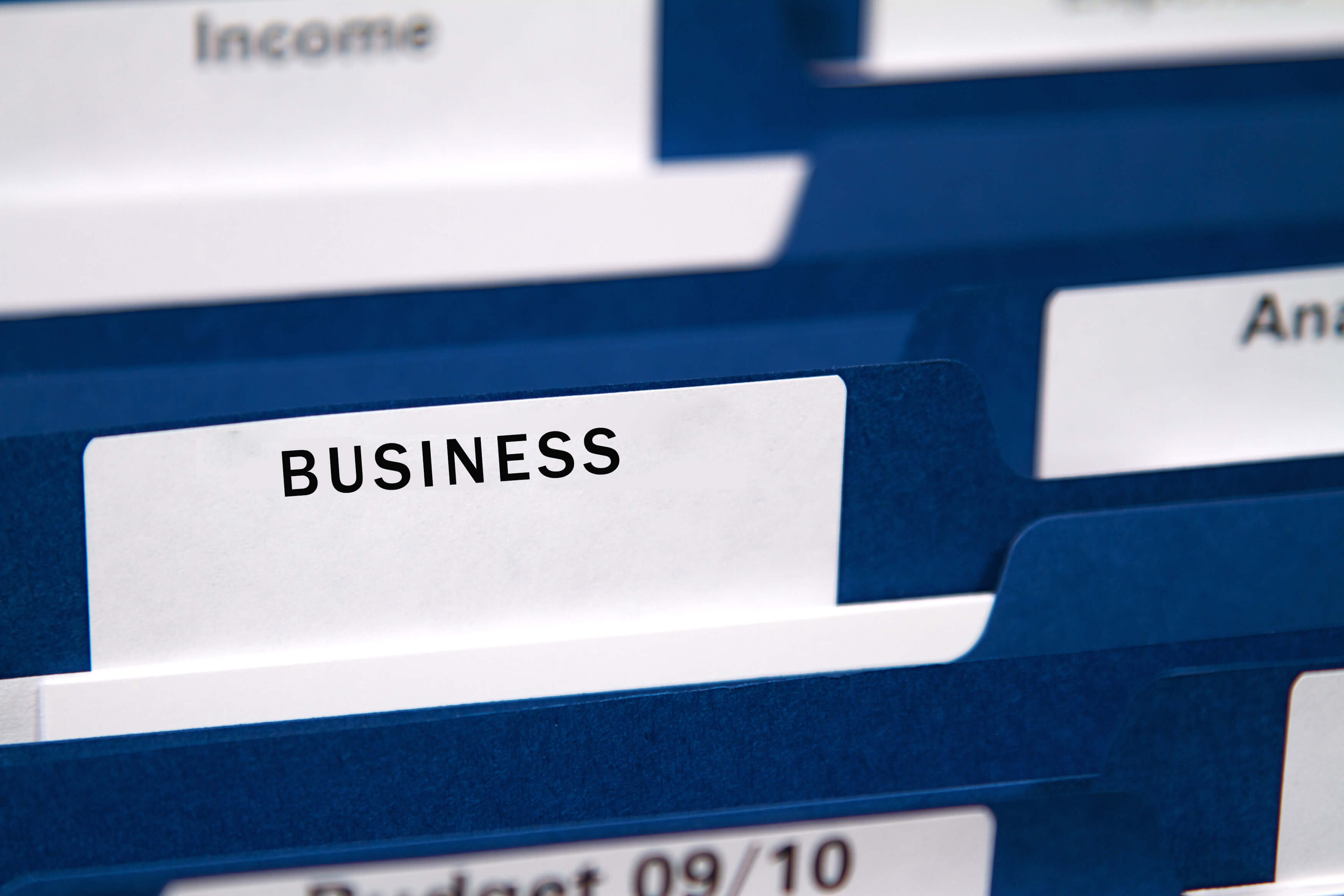or
Sign in with
Already have an account?
or
Sign in with
New to Printique?

You have 0 items in your shopping cart
Forgot Password?
Please enter your email address to receive a link for resetting your password.
Thank You
You will receive an email with further instructions. Please contact customer support if you need any further assistance.
Please verify your email address
A verification link has been sent to your email to activate your account. The link will be valid for 1 hour.
Please check the spam inbox if you can't find the email. If you still can't find it, we can resend it.
A verification link has been sent to your email 00:00

Author: Libby - Printique by Adorama
New to the fine art photography world and not quite sure how to get started? There are certain things you can do to add value to your printed work. We interviewed several fine art photographers and they all said it comes down to exclusivity. The more limited each print can be, the more it will be worth in the digital world. Here are their 5 tips to help increase the value of your fine art prints when you put them on the fine-art market.
Before starting your fine art business, have a clear vision and look to your work. Experiment with editing for your signature look. Once you are satisfied with your editing, start to experiment with different papers and mediums for your work. You’ll want to choose the medium that will best showcase your vision. In regards to fine art papers, do your research. Take the time to learn more about the papers and their texture. What is their longevity? What inks are used? Take one image and print it on a few different papers to see which represents your work the best. Printique offers three different fine art papers. To read more about the uniqueness of each papers and its characteristics, click HERE.
Since digital image files can be printed numerous times, their value, by nature, is low. Make a limited number of prints of your digital image, with each print getting its own number in the run. It’s called “Editioning” and it is a standard practice for fine-art photographers. As the print number in the edition gets higher, the cost per print goes up. The smaller the edition the more valuable each print.
Artwork that’s signed by the artist on the front is worth more than unsigned prints. Actually, put pencil/pen to your print and sign your name. Using a digital signature will not necessarily add value to the print. Just make sure to use the right kind of instrument for signing a digital print. Most artists use pencil for matte prints. If using inks, make sure they are archival and test them on several papers to see how they display.
A COA is a standard way of increasing the value of prints since the pre-digital days. It helps combat the risk of forgeries. The certificate should be printed on premium paper.
Here is what to include on the COA:
Go old school and keep physical records for yourself or for a gallery if you end up being represented by one. It is important to have a physical back-up.
These tips are designed to help you get the most for your fine art prints. Are you ready to start? To take a look at our different fine art papers start HERE.

